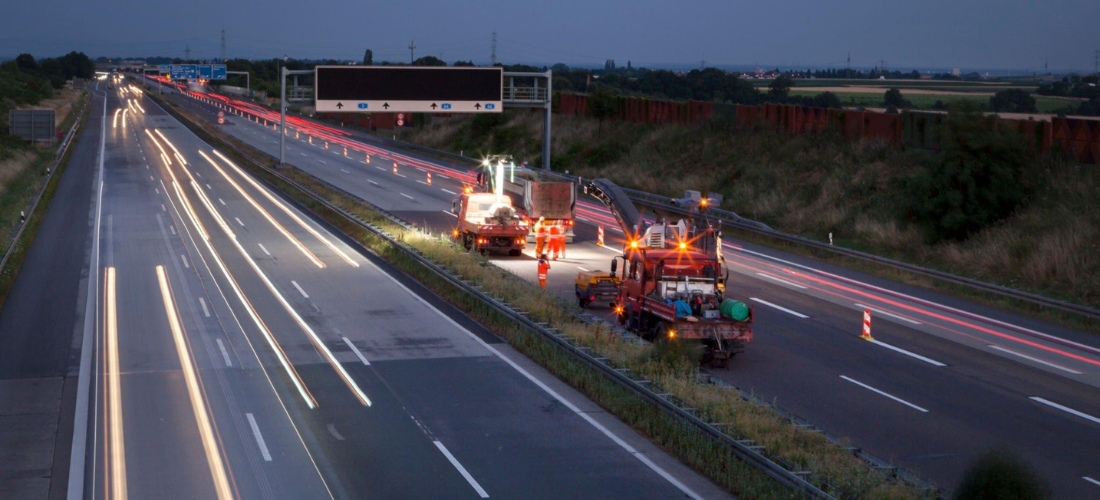Maintaining our road infrastructure is crucial for safe and efficient transportation. Various types of road maintenance techniques are employed to address different issues that arise due to wear and tear, weather conditions, and increasing traffic. In this article, we will explore the diverse world of road maintenance, from patching and crack sealing to the innovative technique of microsurfacing.
1. Patching
Patching is a common and essential road maintenance method. It involves repairing localized damage to the road surface, such as potholes and cracks. Patching materials can vary but typically include asphalt, concrete, or specialized patching mixes.
Advantages:
– Quick and cost-effective solution for addressing immediate road surface issues.
– Helps prevent further deterioration of the road.
2. Crack Sealing
Crack sealing is a preventive maintenance technique aimed at extending the life of the road by preventing water infiltration and subsequent damage. It involves filling cracks in the road surface with a sealant.
Advantages:
– Prevents water from penetrating the road, reducing the formation of potholes and other damage.
– Cost-effective way to extend the life of the road.
3. Surface Treatments
Surface treatments encompass various methods, including slurry seals and microsurfacing, that involve applying a thin layer of specialized mixture over the existing road surface. These treatments enhance skid resistance, seal small cracks, and improve the road’s appearance.
Advantages:
– Cost-effective solution for maintaining and preserving road surfaces.
– Enhances road safety and appearance.
4. Resurfacing
Resurfacing is a more extensive road maintenance technique that involves replacing the top layer of the road. This is typically done when the existing road surface has experienced significant wear and tear.
Advantages:
– Provides a new, smooth road surface, improving driving conditions.
– Extends the road’s lifespan and reduces the need for frequent repairs.
5. Reconstruction
Reconstruction is the most comprehensive road maintenance method, involving the complete removal and replacement of the road, including the underlying layers. It is typically necessary when the road has reached the end of its lifespan or has severe structural issues.
Advantages:
– Provides a brand-new road with an extended lifespan.
– Addresses underlying structural problems.
6. Innovative Techniques: Microsurfacing
Microsurfacing is an innovative road maintenance technique that has gained prominence in recent years. It involves applying a thin layer of specialized slurry mix, which includes polymer-modified asphalt, mineral aggregate, mineral filler, water, and additives, onto the existing road surface.
Advantages:
– Offers a smooth, skid-resistant, and durable road surface.
– Extends the road’s lifespan, reduces maintenance needs, and enhances road safety.
Conclusion Road maintenance is a multifaceted challenge that requires a range of techniques to address various issues, from small cracks to extensive wear and tear. Each type of maintenance method plays a vital role in preserving our road infrastructure, ensuring safer and more durable roads for all users. As technology and materials continue to advance, innovative techniques like microsurfacing are proving to be game-changers in the field of road maintenance, contributing to more sustainable and efficient trans

